News
EPJ B Highlight - Entropy explains RNA diffusion rates in cells
- Details
- Published on 02 August 2019

Mathematical analysis reveals that the exponential patterns in RNA diffusion rates linked to small-scale diffusive behaviours
Recent studies have revealed that within cells of both yeast and bacteria, the rates of diffusion of RNA proteins – complex molecules that convey important information throughout the cell – are distributed in characteristic exponential patterns. As it turns out, these patterns display the highest possible degree of disorder, or ‘entropy’, of all possible diffusion processes within the cell. In new research published in EPJ B, Yuichi Itto at Aichi Institute of Technology in Japan explores this behaviour further by zooming in to study local fluctuations in the diffusion rates of RNA proteins. By associating these small-scale diffusion rates with time-varying values for entropy, he finds that the rates of change of entropy in certain time intervals are larger in areas with higher RNA diffusion rates.
EPJ Data Science Highlight - Women’s disadvantage: because of who they are, or what they do?
- Details
- Published on 02 August 2019

Women often find themselves strongly disadvantaged in the field of software development, in particular when it comes to open source. In a study recently published in EPJ Data Science, Orsolya Vasarhelyi and Balazs argue that this disadvantage stems from gendered behavior rather than categorical discrimination: women are at a disadvantage because of what they do, rather than because of who they are.
Continue reading the guest post by Orsolya Vasarhelyi and Balazs Vedres on the SpringerOpen blog.
EPJ D Highlight - Chemotherapy drugs react differently to radiation while in water
- Details
- Published on 30 July 2019
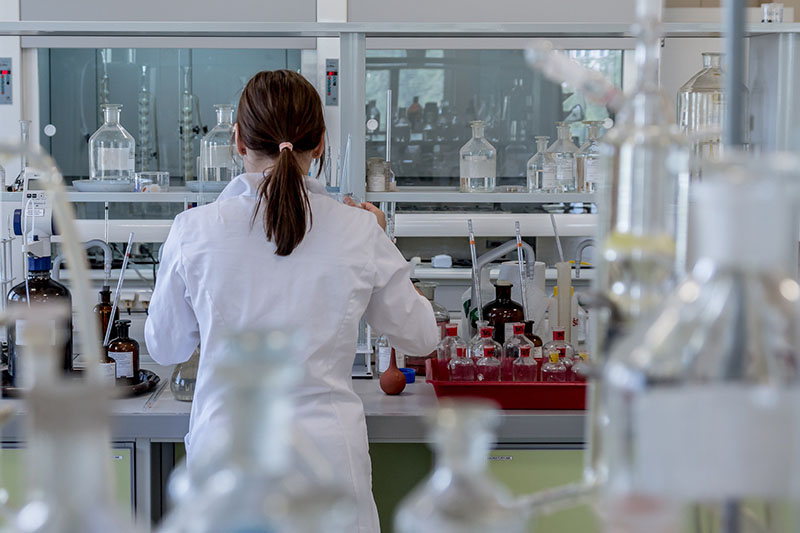
A new study looked at the way certain molecules found in chemotherapy drugs react to radiation while in water, which is more similar to in the body, compared to previous research that studied them in gas
Cancer treatment often involves a combination of chemotherapy and radiotherapy. Chemotherapy uses medication to stop cancer cells reproducing, but the medication affects the entire body. Radiotherapy uses radiation to kill the cancer cells, and it is targeted to the tumour site. In a recent study, published in the journal EPJ D, researchers from the Leopold-Franzens-University Innsbruck, Austria, studied selected molecules of relevance in this context. They wanted to see how these molecules were individually affected by radiation similar to that used in radiotherapy.
EPJ B Highlight - Spinning towards robust microwave generation on the nano scale
- Details
- Published on 24 July 2019
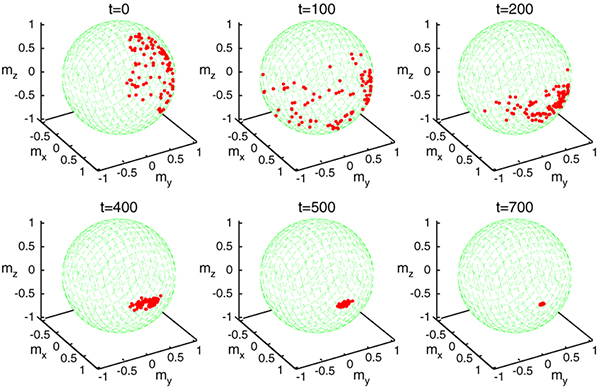
New study explains why it is not possible to couple nano-scale microwave generators known as spin-torque oscillators together in series to generate a macroscopic strength signal
Spin-torque oscillators (STOs) are nanoscale devices that generate microwaves using changes in magnetic field direction, but those produced by any individual device are too weak for practical applications. Physicists have attempted - and, to date, consistently failed - to produce reliable microwave fields by coupling large ensembles. Michael Zaks from Humboldt University of Berlin and Arkady Pikovsky from the University of Potsdam in Germany have now shown why connecting these devices in series cannot succeed, and, at the same time, suggested other paths to explore. Their work was recently published in EPJ B.
EPJ E Highlight - Optimising structures within complex arrangements of bubbles
- Details
- Published on 24 July 2019

Computer simulations reveal how groups of bubbles with two different areas can be optimised to minimise the lengths of the edges at which they touch, potentially allowing for stronger, cheaper structures which emulate bubbly foams.
While structures which emulate foam-like arrangements of bubbles are lightweight and cheap to build, they are also remarkably stable. The bubbles which cover the iconic Beijing Aquatics Centre, for example, each have the same volume, but are arranged in a way which minimises the total area of the structure – optimising the building’s construction. The mathematics underlying this behaviour is now well understood, but if the areas of the bubbles are not equal, the situation becomes more complicated. Ultimately, this makes it harder to make general statements about how the total surface area or, in 2D, edge length, or ‘perimeter’, can be minimised to optimise structural stability. In new research published in EPJ E, Francis Headley and Simon Cox at Aberystwyth University in the UK explore how different numbers of 2D bubbles of two different areas can be arranged within circular discs, in ways which minimise their perimeters.
EPJ B Highlight - New insights into the early stages of creep deformation
- Details
- Published on 23 July 2019
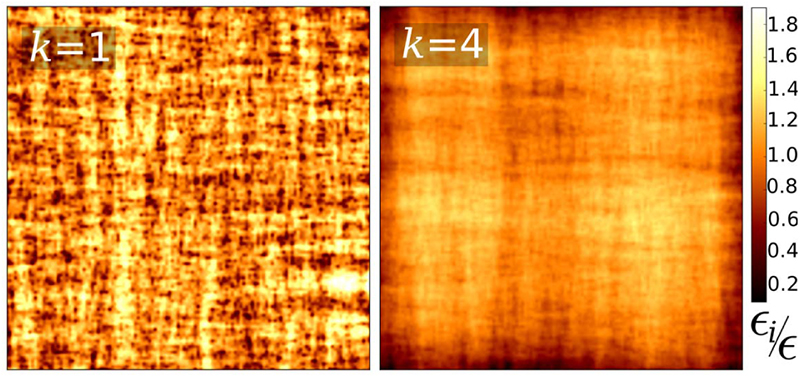
Computer simulations show that the evolution of material structures during creep deformation can modify material properties.
The properties of many materials can change permanently when they are pushed beyond their limits. When a given material is subjected to a force, or ‘load’, which is stronger than a certain limit, it can become so deformed that it won’t return to its original shape, even after the load is removed. However, heavy loads aren’t strictly necessary to deform materials irreversibly; this can also occur if they are subjected to lighter loads over long periods of time, allowing a slow process called ‘creep’ to take place. Physicists have understood for some time that this behaviour involves sequences of small, sudden deformations, but until now, they have lacked a full understanding of how creep deformation affects material properties over time. In new research published in EPJ B, Michael Zaiser and David Castellanos at the University of Erlangen-Nuremberg in Germany analysed the characteristic ways in which material structures evolve during the early stages of creep deformation.
EPJ D Highlight - Laser solitons: theory, topology and potential applications
- Details
- Published on 23 July 2019
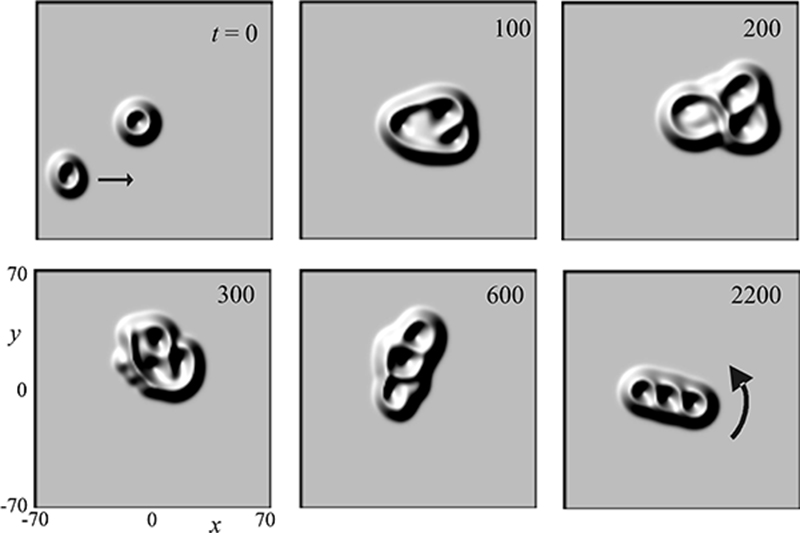
A group of Russian physicists reviews recent developments in the field of laser solitons, which they have made their own and which may have applications in digital information storage.
In almost all situations, even in a vacuum, light cannot travel endlessly without dissipating. Pulses of light known as solitons that propagate along fibres for long distances without changing their shape or losing focus have found applications in data transmission, but even these gradually dissipate unless the medium they travel through has ultra-low absorbance. Nikolay Rosanov of the National Research University of Information Technologies, Mechanics, and Optics (ITMO), St. Petersburg, Russia and his team have been working on a solution to this problem - laser solitons - since the 1980s; a colloquium paper summarising their recent work in this area has now been published in EPJ D.
EPJ E Highlight - Improving heat recycling with the thermodiffusion effect
- Details
- Published on 15 July 2019
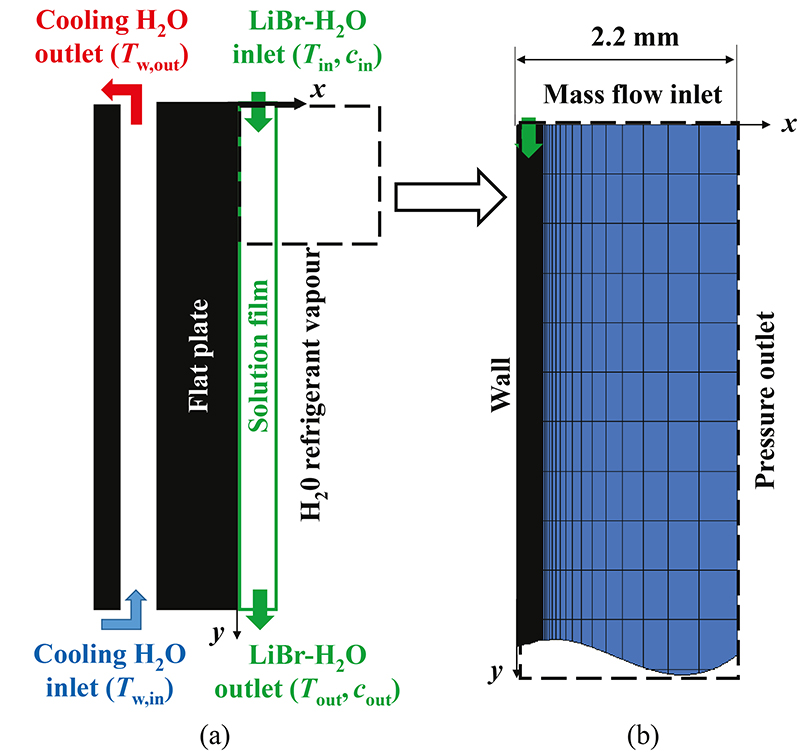
Numerical simulations of the thermodiffusion effect within falling film absorbers reveal that thin films composed of liquid mixtures with negative thermodiffusion coefficients enhance the efficiency of heat recycling
Absorption heat transformers can effectively reuse the waste heat generated in various industries. In these devices, specialised liquids form thin films as they flow downward due to gravity. These liquid films can absorb vapour, and the heat is then extracted by a coolant so that it can be used in future processes. So far, however, there has been little research into how the performance of these films is influenced by the thermodiffusion effect – a behaviour seen in mixtures, where different types of mixture respond differently to the same temperature gradient. In a study recently published in EPJ E, researchers from the Fluid Mechanics group at Mondragon University and Tecnalia in Spain, led by M. M. Bou-Ali at Mondragon University, pooled their expertise in transport phenomena and absorption technology. Together, they explored for the first time the influence of the thermodiffusion property on the absorption, temperature and concentration profiles of falling films.
EPJ E Colloquium - European Space Agency experiments on thermodiffusion of fluid mixtures in space
- Details
- Published on 11 July 2019

Diffusive processes are ubiquitous in daily life and in natural processes, playing a key role in the transformation and mixing of fluid mixtures, and there is considerable scientific and industrial interest in such mixing processes. One consequence of diffusion is the development of non-equilibrium fluctuations in liquid mixtures, particularly when fluids are exposed to a thermal gradient. This is easier to observe in weightlessness, as gravity dampens this phenomenon on Earth especially for large fluctuations.
Special Day to honour Uriel Frisch at Festival de Théorie, Aix-en-Provence, 8 July 2019
- Details
- Published on 10 July 2019

The Festival de Théorie is held every two years in Aix-en-Provence and aims at fostering interdisciplinary research activity in the field of magnetised plasmas – including controlled fusion, space and astrophysics, with connections to fluid mechanics and geophysics, among others. Monday, 8 July 2019 was a special day devoted to honour Uriel Frisch who has recently edited a special issue on “Plasma physics in the 20th century as told by players” together with Pat Diamond and Yves Pomeau published in EPJH (link). The morning session started with an introduction by Pat Diamond, followed by lectures from Yves Pomeau, Roald Sagdeev, who had been interviewed for the special issue, and Sergey Nazarenko. The afternoon session was introduced by Sabine Lehr, in charge of the publication of the special issue at SpringerNature. It was followed by lectures from Fritz Wagner and Mitsuru Kikuchi, who had both contributed to the special issue, as well as from Jean Jacquinot who addressed aspects of Guy Laval’s contribution to this same issue. Afterwards there was a lively discussion.
Click here to access and read the special issue freely until the end of July 2019.





